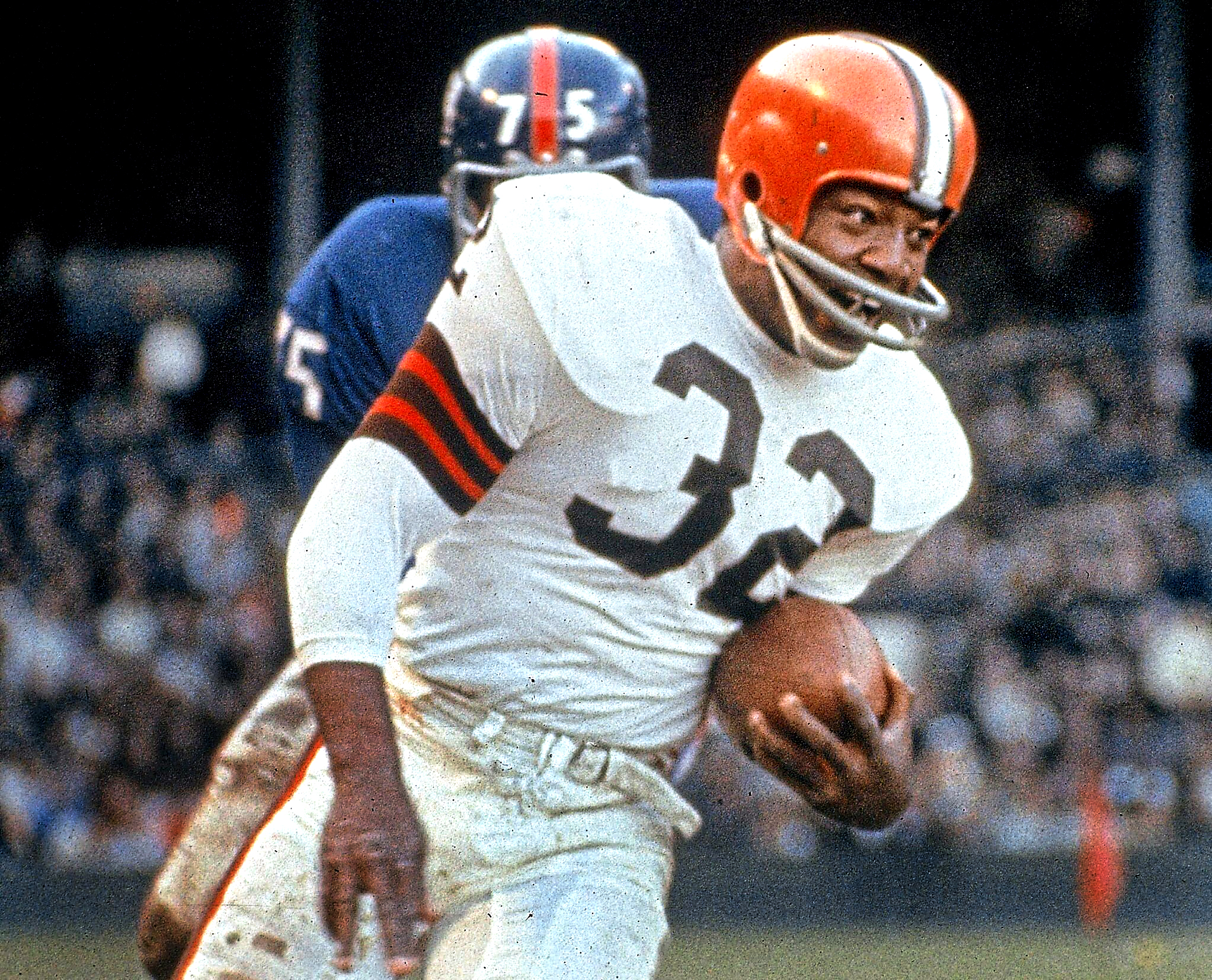
Pittsburgh, we should have had Jim Brown, the GOAT
Cleveland Browns great running back, Jim Brown, who died on May 18 at the age of 87, should have been a Pittsburgh Steeler. But Steeler fans can only look back at NFL history and wonder what might have been had the Same Old Steelers not fumbled away the opportunity to draft the greatest running back in NFL history.
On November 26, 1956, with three games remaining in the season. the NFL held the first four rounds of its draft for the 1957 season at the Warwick Hotel in Philadelphia.. The Steelers and the Browns were tied with 3-6 records and faced a coin toss that would decide whether they would have the fifth or the sixth pick in the draft. The Steelers won the toss.
Word circulating with the Steelers was that they were interested in drafting a quarterback, even though they still had Ted Marchibroda, their first round pick in the 1953 draft. Their more obvious need seemed to be at running back.
The Steelers, under head coach Walt Kiesling, ran the most conservative offense in pro football. It featured fullback Fran Rogel who ran into the line so often that Steeler fans chanted, “Hi diddle, diddle Rogel up the middle,” when the Steelers broke huddle. With Rogel fading after several seasons, the Steelers should have been looking for a powerful running back to replace Rogel.
The obvious choice for the Steelers, if he was still available at the fifth pick in the draft, was Syracuse’s All-American running back Jim Brown. In 1956, He’d average over 100 yards a game and score 14 touchdowns in only eight regular season games. He struggled in Syracuse’s second game of the season, gaining only 52 yards in a 14-7 road loss to Pitt, but after the loss, he’d lead Syracuse to six straight wins and the Lambert trophy, symbolic of Eastern football supremacy.
While the Cleveland Browns lost the coin toss and would be drafting sixth just behind the Steelers, they weren’t all that disappointed because their need actually was a quarterback. In their first season after Otto Graham retired, the Browns were on their way to a 5-7 record, their first losing season in franchise history and the first time that they would not play for a conference championship.
Cleveland Browns head coach Paul Brown decided to use his first round pick to draft, if he was available, Purdue’s All-American Lenny Dawson. Playing against Big Ten powerhouses, Dawson led the conference in passing yards and touchdowns his sophomore and junior years and was well on his way to repeat his performance as a senior.
In the first round of the draft, the Packers, with the bonus pick, selected Heisman trophy winner Paul Horning. After the Rams selected USC’s Jon Arnett and the 49ers picked Stanford’s John Brodie, the Packers, selected Michigan’s Ron Kramer.
Even though Jim Brown was still on the board, the Steelers, selected Lenny Dawson, to the outrage of Cleveland’s Paul Brown. After the pick, Art Rooney claimed: “If we hadn’t, Paul Brown was going to take Dawson. He thought he was the best passer in the country.”
With the sixth pick in the draft, an upset Brown had to settle for Jim Brown, and in the second round, he got his quarterback in Penn State’s Milt Plum. The Steelers had their great passer, who would go to a Hall of Fame career, but, unfortunately, not with the Steelers.
When Buddy Parker became Pittsburgh’s head coach at the beginning of the 1957 season, he said that you could count on a loss for every rookie on the starting team. He traded foe veteran quarterbacks, including Bobby Layne, while Lenny Dawson sat on the bench.
Jim Brown quickly replaced Otto Graham as the Cleveland Brown that I loved to hate. In his first season, he led the NFL in rushing and was named NFL Rookie of the Year and NFL Player of the Year. The following year, he broke Philadelphia Eagle Steve Van Buren’s single season rushing record.
Jim Brown left the Browns just before the 1966 season when owner Art Modell refused to give him the time he needed to finish filming The Dirty Dozen, but he left a legacy that included the 1964 NFL championship. As for the Same Old Steelers, they could have taken the field in 1957 with Johnny Unitas and Jim Brown in the backfield, but they cut Unitas after drafting him in 1955 and failed to draft Brown.
It would take another coin toss, won by the Steelers in 1970, and the drafting of a running back in 1972, before the Steelers, with Terry Bradshaw at quarterback and Franco Harris at running back, would make history and win their first championship on their way to a dynasty.
Richard “Pete” Peterson, a native of Pittsburgh, is the co-author, with his son Stephen, of The Turnpike Rivalry: the Pittsburgh Steelers and the Cleveland Browns.
